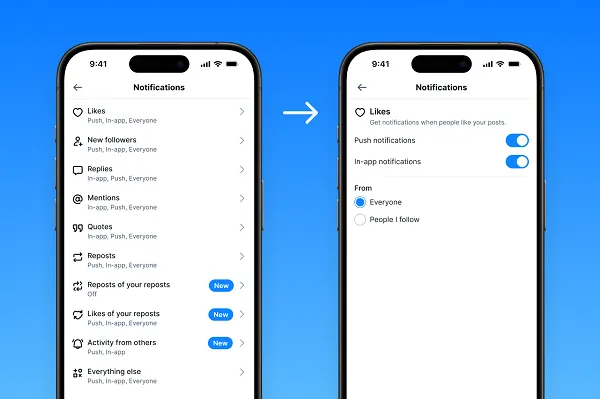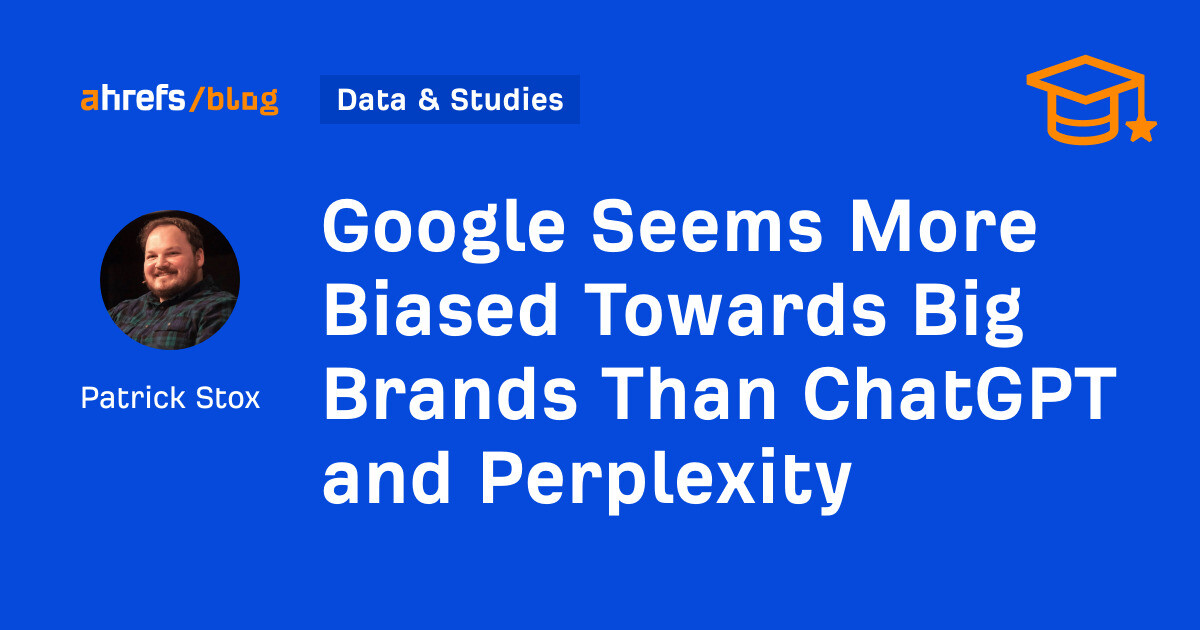How brands can leverage the massive in-store retail media opportunity
More than double the reach of digital audiences, in-store retail media enables brands to reach relevant shoppers at scale and drive measurable conversion.

In a post-pandemic world that continues to breed uncertainty in every aspect of consumers' lives, our friendly neighborhood grocery store has taken on new meaning as our rock, our compass and our sustenance. Despite the rapid rise of e-commerce and home delivery in recent years, the data continues to reinforce that consumers still prefer the experience of brick and mortar retail above all else by a wide margin, with over 90% of transactions occurring in physical retail, according to Brick Meets Click.
What's striking, however, is that conversely more than 90% of retail media budgets are still going to digital. By applying a digital media mindset to the shelf-edge as an equally viable media channel, brands can leverage the massive reach of in-store customers—nearly double the size of the average retailer’s digital audience—to drive measurable and reliable volume impact.
The rapid rise of retail media
Much like macroeconomic dynamics, the advertising landscape is changing rapidly. One of the most significant developments in recent years is the tipping point of retail media, which has been around for years but has only recently become mainstream. Retail media now surpasses connected TV in media spend at nearly $60 billion, according to eMarketer, and is on track to overtake broadcast TV. This massive budget shift is being fueled by the recognition among CPG brands that engaging shoppers within contextually relevant environments yields better returns on media investment. That premise is not exactly rocket science, but as measurement has become more refined and advertisers realize that attributable volume associated with media spend is the new table stakes, it’s RMNs that have reaped the benefit.
This is due not just to their access to massive amounts of shopper data, but also their ability to activate that data, which is an incredibly rare and powerful combination. This activation can take many forms, ranging from monetizing their digital audience in a traditional media sense based on scale and reach, to motivating in-store behavior via trade promotions and media communication in aisle and on shelf. The retailers that have an integrated approach to media, marketing, and merchandising will win the share-of-wallet battle. And the CPGs that embrace the retailer’s access to this captive audience will win the category share battle.
Retail media networks expand to the physical shelf
Now that retailers recognize that the shelf-edge is as much a media channel as their owned-and-operated digital properties, they're looking to monetize that opportunity to engage the 220 million customers who walk up and down their aisles—the average traffic that occurs in the U.S. each week in physical grocery, drug and mass channels. To put that in perspective, that’s double the size of the average Super Bowl audience, and it’s occurring every single week, not just on the first Sunday in February. That’s a lot of eyeballs that are ready and waiting to be engaged.
There's nothing more contextually relevant than engaging a shopper pushing an empty shopping cart up and down the aisles of a physical store, and there's no better time or place to influence that consumer than at the exact moment they're ready to buy. The retailer has done their part by driving traffic, but every brand needs to ask themselves a fundamental question: Am I also doing my part to drive conversion at shelf? Do I have the right balance between my digital media spend and my in-store media spend to win the category share battle?
A clear in-store media leader has emerged
While brands certainly have a variety of marketing alternatives to consider in activating the in-store shopper, Vestcom has emerged as a leader in this space. Our flagship solution, shelfAdz, is the only price data-integrated media offering that enables CPGs to leverage a portion of the retailer’s price tag to also communicate item-specific brand messages at this critical moment of decision. Through collaboration with virtually every major RMN, including 84.51°, Albertsons Media Collective, Peapod Digital Labs, DG Media Network and others, it’s simple for brands to deploy shelfAdz at scale across leading retailers.
A fundamental principle of any media investment should be measurability, with increasing scrutiny on incrementality (iROAS vs. ROAS). Vestcom is able to leverage first-party point-of-sale data from many of our retailer partners, including a partnership with Kroger's 84.51°, affording access to its Collaborative Cloud data. This type of data enables us to conduct precise test-versus-control measurement to determine the true incrementality of a shelfAdz campaign. Depending on the tactic and the category deployed, most brands experience a 10% to 20% increase in incremental volume lift and an average iROAS of $2 to $3.
Shopper marketing versus brand—who funds in-store?
With its direct proximity to shoppers, a common question is whether in-store media should be a trade function at the individual retailer level, or a national brand media spend across retailers to drive brand value at scale. Fundamentally, the answer comes down to the tactic and primary benefit being communicated to the shopper.
There are several buckets that can fund shelf-edge media, depending on the initiative, the campaign objective and the infrastructure at each individual CPG. More and more we see national brand media budgets extending in-store to communicate key brand benefits, tentpole events, new item launches and initiatives that are universal to the brand and not necessarily retailer specific. This is where brands can use Vestcom to deploy across more than 50 retailers at once without having to rely on individual sales or shopper teams to execute. It's no different than making a traditional media buy, but with another medium—shelf-edge media.
The future is bright for in-store retail media
In-store media will continue to evolve in ways that provide marketers with exciting choices on how to better engage shoppers, whether that be digital or print, all doing so in a contextually relevant environment that motivates immediate action.
The shelf-edge is an enticing prospect for both retailers and CPG brands as it becomes more widely used as an extended media channel. Back to the Super Bowl analogy, consider the marketing journey akin to driving the shopper down the field: When they’re in the red zone by virtue of being in the store, effective communication at the moment of decision becomes critical to converting the shopper, and effectively crossing the goal line.
Shelf-edge media has emerged as the key conduit for conveying both price-value and product benefits. It’s a win-win-win scenario: Consumers gain clarity and inspiration for informed purchase decisions, retailers monetize in-store traffic, and CPG brands extend their message to the point of decision, driving measurable volume impact. Vestcom remains committed to empowering retailers and CPGs alike on this journey, and enhancing the shopper journey along the way.
To activate in-store media with Vestcom, visit Vestcom.com or contact [email protected]

 Kass
Kass 
































